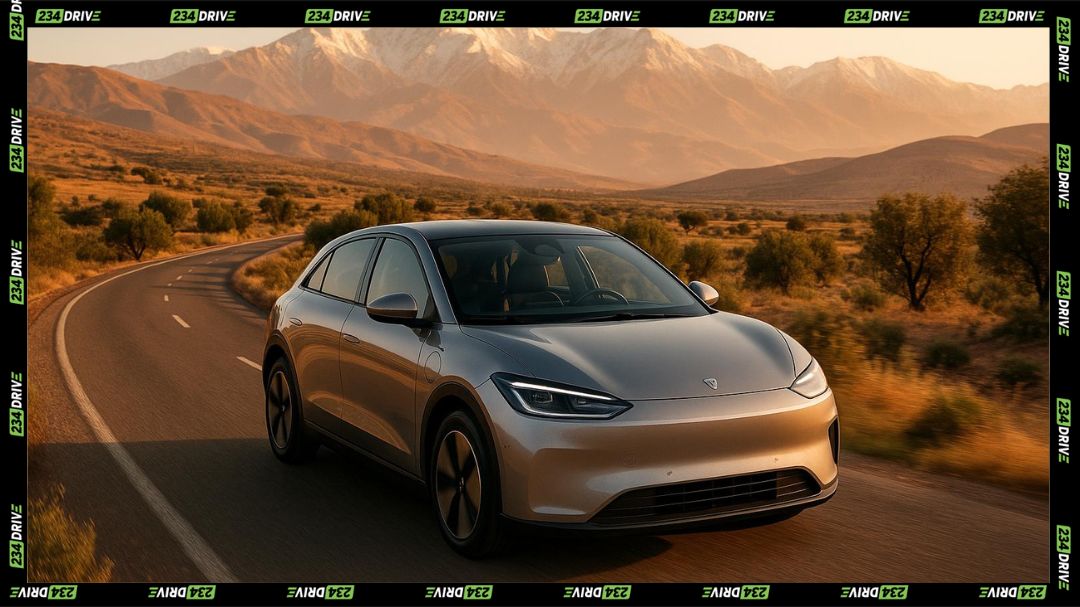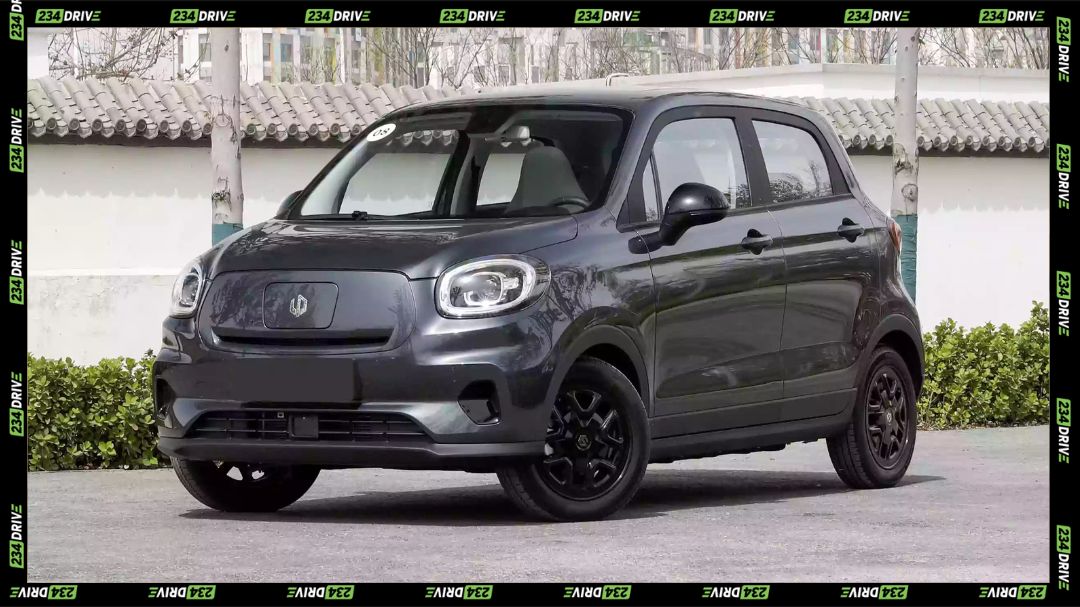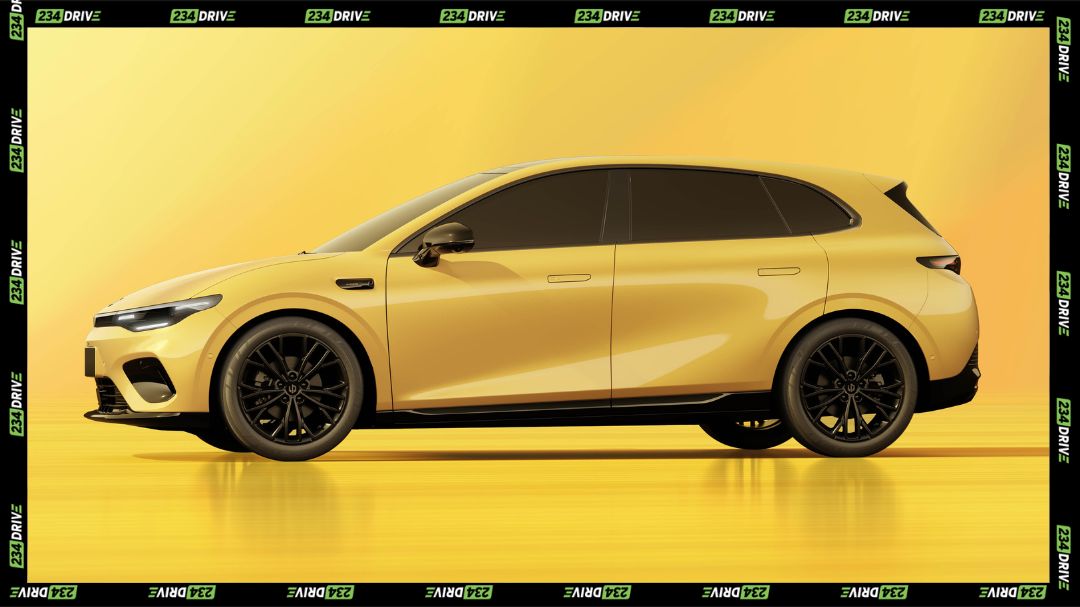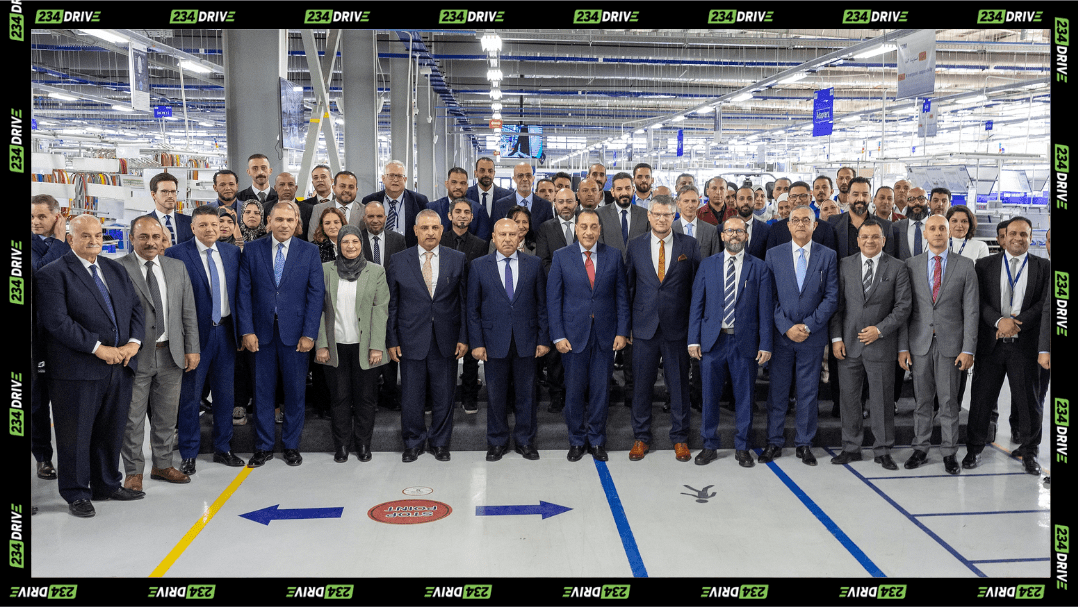Leapmotor, the Chinese electric vehicle manufacturer, has officially entered the Moroccan market through a strategic alliance with Stellantis, debuting its first models at the Auto Expo 2025 (18 – 28 September) in Casablanca. The move signals the company’s intent to expand its global footprint while tapping into Morocco’s fast-developing EV ecosystem. Deliveries for models like the B10 crossover, which features range-extender (REEV) technology, are scheduled for late 2025—timed with the rollout of the country’s growing charging network.
The partnership gives Leapmotor instant access to Stellantis’ established distribution networks, including Sopriam, ensuring seamless integration into Morocco’s mobility landscape. The collaboration aligns with the Moroccan government’s sustainable transport goals, which include reducing carbon emissions and positioning the nation as North Africa’s EV manufacturing hub.

At the heart of Leapmotor’s entry is the B10 crossover, a compact yet tech-heavy model built for affordability and convenience. It introduces range-extender technology—an electric powertrain backed by a small combustion engine used only to recharge the battery—addressing range anxiety in a market where charging points are still scaling up. Other models like the T03, C10, and B05 cater to various segments from urban commuters to mid-size families, offering DC fast charging, smart safety systems, and connected driving experiences.
Morocco’s government has made the entry more attractive with robust EV incentives. These include up to 90% tax reductions for certain buyers, waived import duties, and discounted registration fees. The state plans to deploy 2,500 new charging stations by 2026, with Stellantis already investing in local infrastructure and supply chain expansion to support future manufacturing.

The Leapmotor–Stellantis collaboration also carries industrial weight. Stellantis, which owns a 51% stake in Leapmotor International, is exploring the possibility of local assembly at its Kenitra facility, a move that could drive job creation and lower import dependence. The Kenitra plant, already a cornerstone of Morocco’s automotive export strategy, could serve as Leapmotor’s North African production hub for both domestic and regional distribution.
From a strategic standpoint, this marks Leapmotor’s first step into Africa and a continuation of its 2025 expansion strategy following launches in Europe. The company has sold over 600,000 vehicles globally and is now targeting half a million units per year through international growth. By leveraging Stellantis’ logistics and aftersales ecosystem, Leapmotor is positioning itself to compete on price and quality against regional players like BYD, MG, and Hyundai.
Globally, Stellantis’ backing ensures Leapmotor benefits from advanced manufacturing systems, safety certifications, and global compliance standards—critical for scaling across new territories. In Morocco, the brand’s combination of affordable pricing (starting below $15,000/€13,800 for entry models) and feature-rich offerings could accelerate EV adoption in a market projected to grow from $0.15 billion in 2025 to $0.65 billion by 2030.

The partnership underscores a broader shift in Morocco’s industrial policy—one that increasingly favours green technology and foreign investment. With renewable energy already supplying over 40% of the nation’s electricity and plans to hit 52% by 2030, Leapmotor’s timing appears well-calibrated to national goals.
The question now is whether Leapmotor’s REEV technology and Stellantis’ global logistics muscle can translate into sustained market traction. As deliveries begin and the charging grid expands, Morocco could become a testbed for scalable, affordable EV adoption across Africa’s emerging economies.









